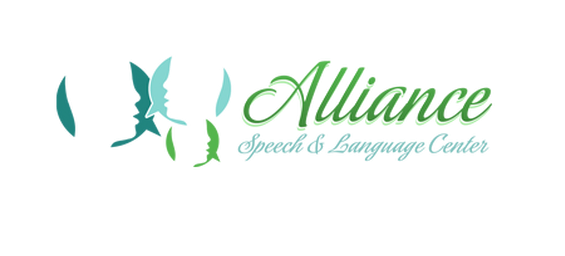Tongue Ties, Tongue Thrust, Breathing Disorders, Habit Elimination
Shira has met the standards and qualifications of the International Association of Orofacial Myology (IAOM) and has achieved the status of Certified Orofacial Myologist. Certified Orofacial Myofunctional Therapists are able to identify when there is overuse or underuse of facial muscles to complete the oral preparatory and oral phase of swallowing, as well as determine the effect that might have on development, or ongoing issues in the case of adults.
The goals of orofacial myofunctional therapy are to improve tongue and lip resting posture and the oral and facial muscle patterns for the functions of breathing, swallowing and speech. The process usually takes up to a year, and patients come weekly for the first 3-6 months, decreasing frequency until they are habituated to their new muscle patterns and work on maintaining their new skills. Complications such as tethered oral tissues and nasal restrictions that haven’t been fully addressed will interfere with progress, no matter how committed the patient and their families are to performing exercises. Therefore, recommendations may be made to be seen by an allergist and/or an ENT or a tongue tie preferred provider upon initial evaluation, to rule out any structural issues that interfere with function.
Orofacial Myofunctional Therapy evaluations are also able to identify deleterious, prolonged sucking habits such as thumb sucking and offer guidance towards eliminating those habits that can also negatively affect the development of oral structures. A child of 4 or 5 or anyone older must be mature enough and cognitively able to participate in habit elimination therapy, which is done in a positive, nurturing manner. The use of fixed, punitive dental appliances is not recommended.
Tongue Thrust and Tongue Ties
Orofacial Myofunctional Therapy evaluations also identify a tongue thrust – how this low and forward resting posture of the tongue may interfere with nasal breathing, the oral phases of the swallow and speech as well as eventually sabotage the desired outcome of braces, as relapse is highly likely. A tongue thrust is usually due to either airway issues; history of or current allergies or nasal restrictions are common factors, or a tongue tie.
Airway issues are suspected and after visits to an allergist or an ENT to rule out any other factors, treatment is aimed to improve nasal breathing. Buteyko breathing reeducation is a technique that helps children and adults breathe through their nose for better overall health.
Structural issues may interfere with an individual’s ability to suck, chew or swallow normally. Some examples are tethered oral tissues such as tongue tie and lip tie and other craniofacial anomalies like high narrow palates and retrognathia (a retracted mandible or lower jaw).
Sometimes individuals may appear to have sensory impairments when it turns out they have a tongue tie, which may cause them to refuse certain textures or consume those textures via certain means because it has been difficult or unpleasant, so they have learned to say “no” in whatever way they can. A posterior tongue tie is often difficult to identify, but Orofacial Myofunctional therapists are trained to understand how these sometimes difficult to see restrictions in tongue movement negatively impact the oral-skeletal architecture.
We enjoy a strong network of several preferred providers that have a specific interest in tongue tie (aka ankyloglossia) who we trust to perform a procedure to release any restrictions that interfere with function properly. The functions include resting posture for breathing (day and night), eating and speech. The professionals trusted are typically airway centric or airway focused dentists, ENT’s and Oral Surgeons. Patients should be seen for orofacial myofunctional therapy for 3-4 sessions prior to a consult with a preferred provider, and followed with 4-6 weeks of treatment to increase the function of the tongue movements including range of motion and suctioning patterns. Beckman stretches including deep tissue stretches are often helpful in preparing a patient for a release of buccal, upper lip or sublingual (under the tongue) ties.
Orofacial Myofunctional therapists work closely with dentists, orthodontists, osteopaths, pediatricians, IBCLC’s, craniosacral therapists (CST), allergists and ENT’s and others who are like-minded to provide the most comprehensive care to help patients.
Orofacial myofunctional therapists with special training in the ALF device helps those with airway issues and benefit from jaw expansion laterally and anteriorly. The treatment is combined with osteopathic medicine and regular visits with the ALF dentist. This may be used with children as young as 2 or 3 and up to adults of all ages.
